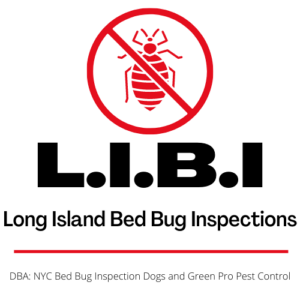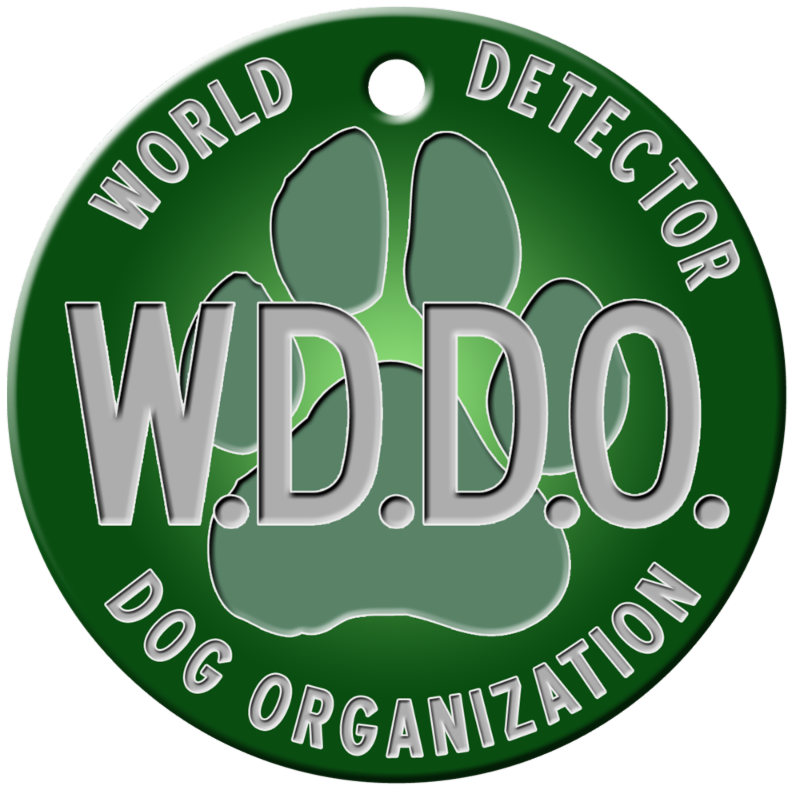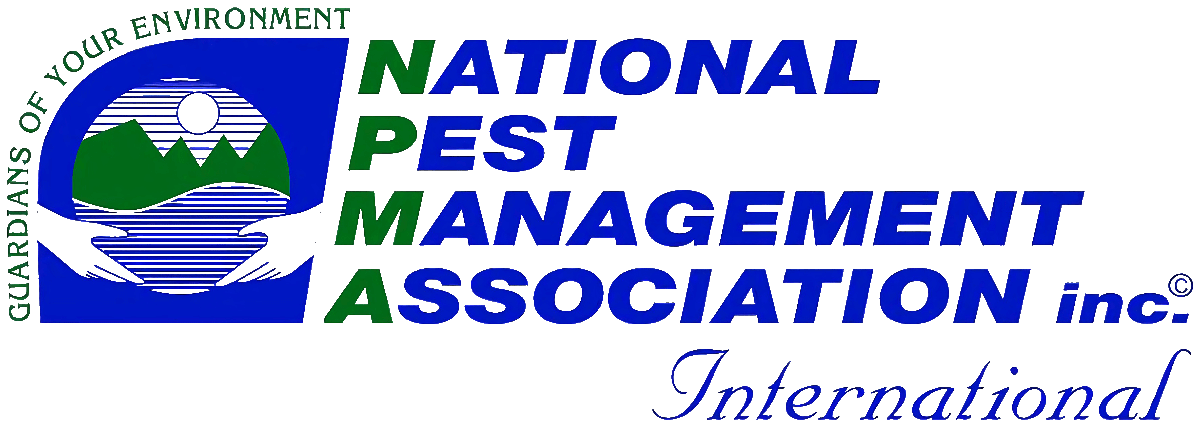Proper disposal of bed bug infested items plays a critical role in preventing further spread of these unwanted pests. Bed bugs can survive for months without feeding and their ability to hitch a ride on common household items can easily lead to new infestations. Proper disposal techniques help to minimize the risk of re-infestation while limiting potential health risks and environmental impacts. Following best practices in the disposal of bed bug infested items is a crucial part of pest management.
Bed Bugs Infesting Household Items
Bed bugs are small, flat, brownish insects that feed on the blood of humans and other mammals. They are most often found in bedding (mattresses, box springs, bed linen, etc) as well clothing and furniture. However, they will hide in almost any item that provides a safe space. Which is one of the reasons large infestations are so difficult to eliminate.
The most obvious signs of a bed bug infestation include small rust colored stains on fabrics, egg clusters, and molted skins in the seams of furniture or mattresses. When dealing with a severe infestation it often become necessary to discard infested items to prevent further spread or re-infestation.
Deciding What Needs to be Discarded
Not every bed bug infested item will need to be thrown away. Most can be treated and saved. This is not only better for your wallet, it’s better for the environment.
Things like mattresses, pillows, bedding, and upholstered furniture are the most commonly infested items. Bed bugs prefer fabric and wood for nesting, so items made of plastic or metal are less likely to be affected.
Determining which items are worth salvaging depends on a variety of factors, including the severity of the infestation, that value of the item, and the possibility of treatment. That being said, when an infestation is particularly severe or treatment options are ineffective disposal is often the best choice.
How to Prepare Your Items for Disposal
Proper preparation of any discarded items is essential to ensuring that bed bugs do not spread during the disposal process. Some simple tips to follow include:
-
Seal Your Items – Before moving an infested item it should be sealed in a plastic cover or encasement. Plastic bags, sheeting, and encasements specially designed for bed bug prevention can effectively contain any stray bed bugs that may attempt to escape.
-
Label Your Items – It is important to clearly label the items you’re discarding to prevent other people from mistakenly taking infested items home with them. Mark the items you’re throwing away with clear visible warnings such as “BED BUG INFESTED”. This well deter potential scavengers and ensure that sanitation workers take extra care handling the item.
-
Avoid Dragging Items – Bed bugs can fall off of items during transportation. This can lead to them spreading to new areas. Avoid dragging infested items through hallways or across public spaces. Instead, carefully carry them to the disposal area.
-
Whenever Possible, Disassemble – Large items such as furniture can be easier to manage if you disassemble them first. This will also make easier to fit them into disposal bags or bins. Breaking down the items also limits the risk of bed bugs hiding in tight crevices of seams during transport.
-
Check Local Regulations – Many cities and municipalities have strict regulations regarding the disposal of bed bug infested items. Check with your local waste management or sanitation department to get guidelines on how to properly dispose of your belongings.
Methods of Disposal
Depending on your local waste management guidelines, there are several methods for disposing of bed bug infested items. The most common methods include:
-
Curbside Pickup – Municipalities often offer curbside pickup services for their customers. These can be used for bed bug infested items. You’ll need to follow local guidelines for the preparation of any discarded items including sealing and labeling the refuse.
-
Special Waste Collection Services – Some cities have dedicated waste collection services for hazardous or pest-infested items. These services often require an appointment and may come with additional fees.
-
Landfill Disposal – If curbside pickup or special collection services aren’t available to you it may be necessary to transport your items to a landfill yourself. Use a truck or other vehicle with a protective cover to prevent bed bugs from spreading during transport. At the landfill notify staff of the nature of the items you’re discarding.
-
Professional Removal Services – Hire professionals that specialize in bed bug disposal. This is particularly helpful for heavily infested items and ensures that everything is handled safely and effectively.
Preventing Re-Infestation
After disposing of your bed bug infested items it’s important to take preventative measures to avoid re-infestation:
-
Clean Thoroughly – Vacuum and steam clean areas where infested items were located to remove and remaining bed bugs or eggs.
-
Seal Cracks and Crevices – Bed bugs hide in tiny spaces. Seal and cracks, gaps, or crevices to prevent future infestations.
-
Monitor for Signs of Bed Bug Activity – Even after disposing of your infested items it is important to monitor your home for signs of bed bugs. Early detection can prevent another infestation from occurring.
Proper disposal of bed bug infested items is a vital part of controlling and eliminating bed bugs infestations. By correctly identifying which items need to be discarded and then preparing them carefully for disposal you can minimize the risk of spread.
Follow local regulations and take preventative measures post disposal to maintain a pest-free home environment. Bed bug infestations can be a challenge at best, but following a strategic approach to disposal and treatment can help you eradicate these pests effectively and safely.
Published by Scott Palatnik
We are Bedbug Inspection & Elimination specialists.
From Manhattan to Montauk and all points in between.
Got questions?
We got answers.
Give us a call @ 516-619-6149


